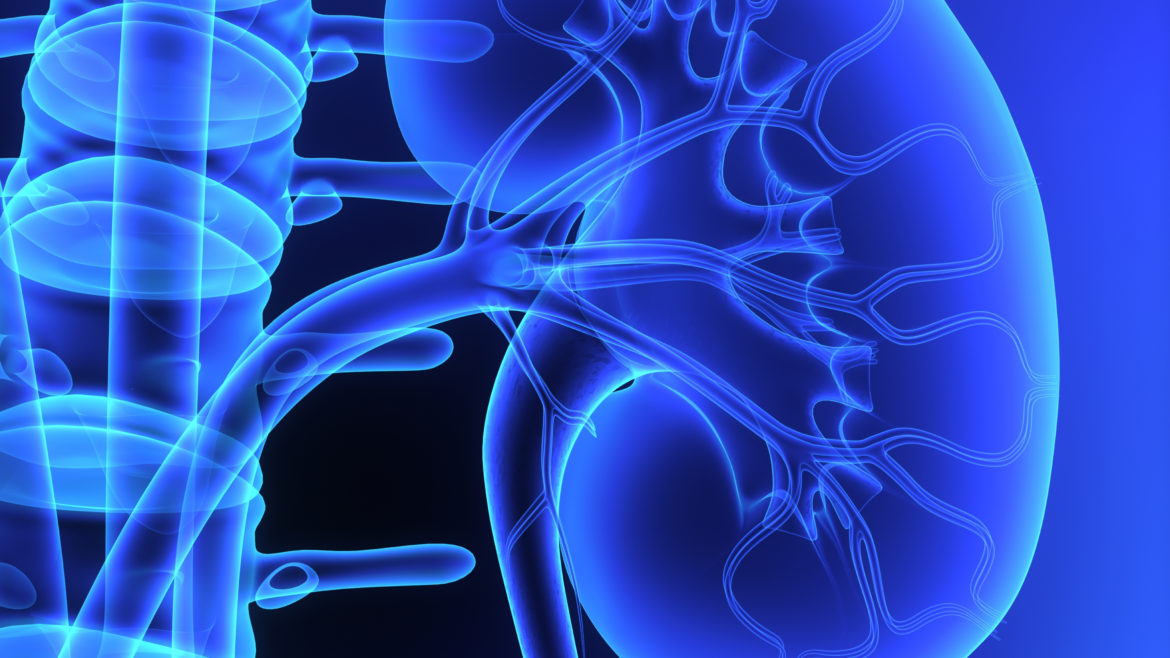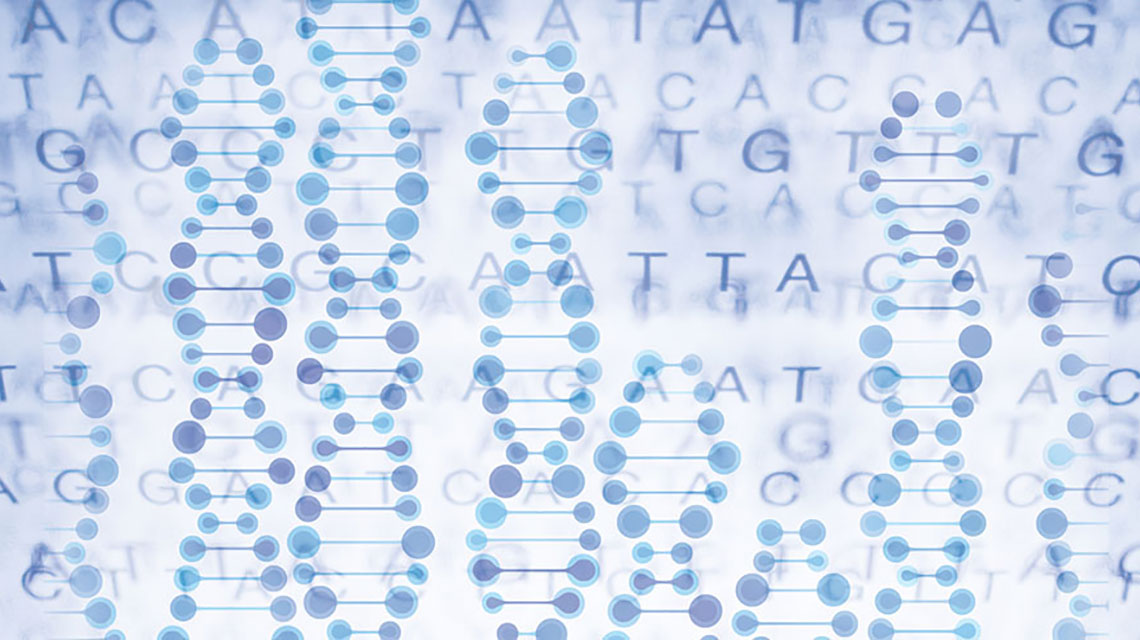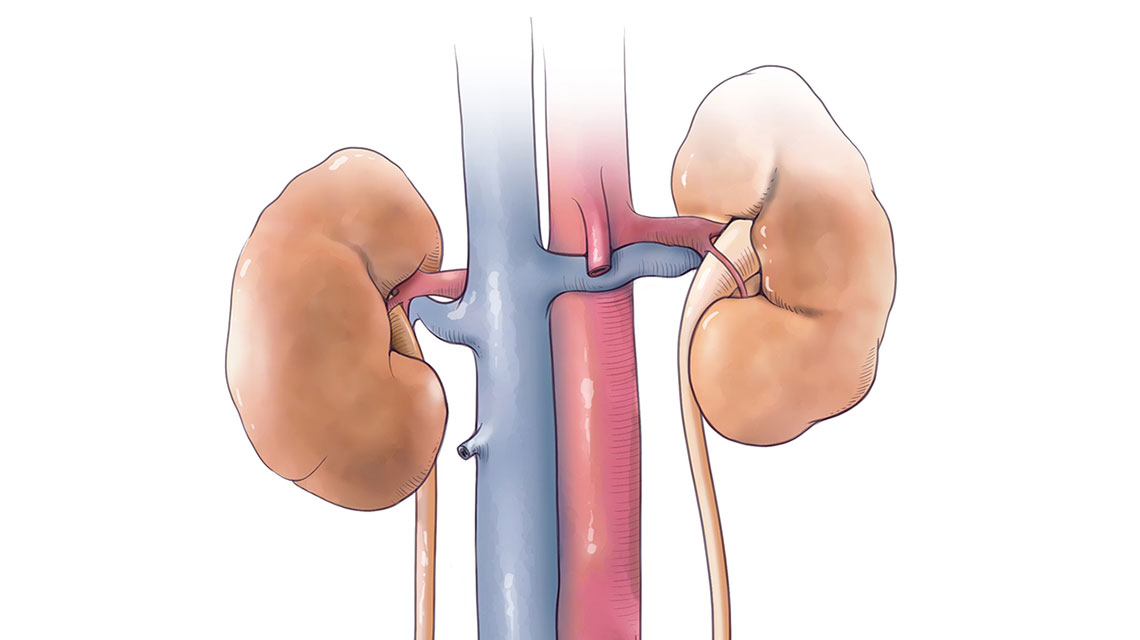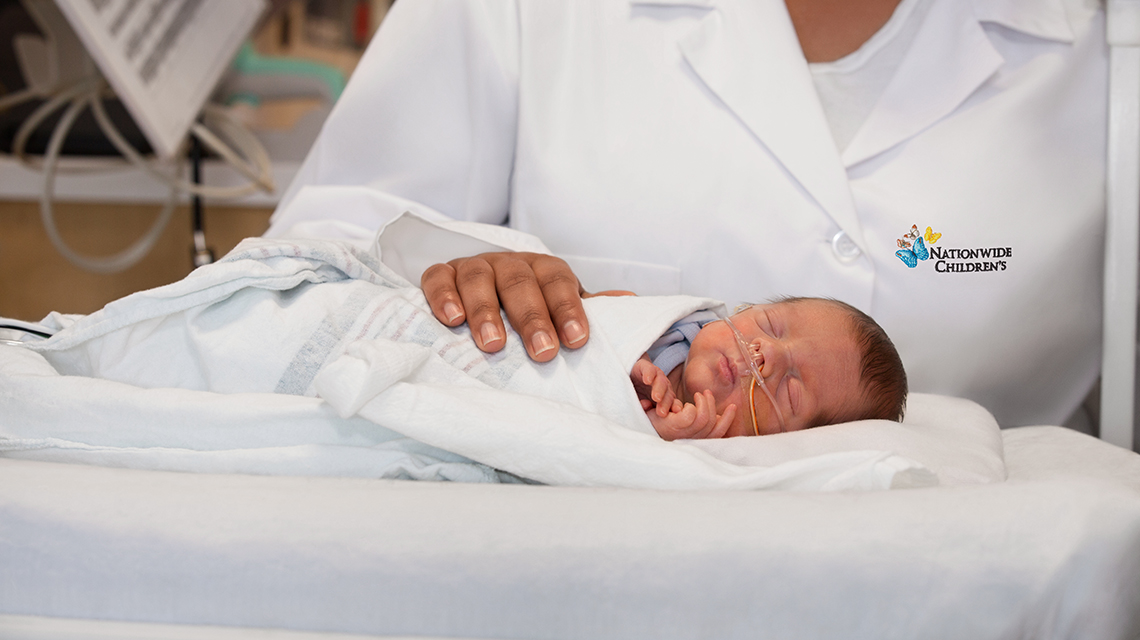Why Aren’t Pediatric Kidney Stone Patients Returning for Follow-up After Surgery?
Why Aren’t Pediatric Kidney Stone Patients Returning for Follow-up After Surgery? https://pediatricsnationwide.org/wp-content/uploads/2020/12/AdobeStock_76537088_cropped-1024x732.jpg 1024 732 Lauren Dembeck https://pediatricsnationwide.org/wp-content/uploads/2021/03/Dembeck_headshot.gifKidney stones in children are on the rise, and many of these children miss critical post-op follow-ups. What prevents them from returning, and how can we help? Since 2000, kidney stone cases in the U.S. pediatric population have risen by 6–10% annually, leading to a corresponding increase in surgical interventions. Alarmingly, nearly half of pediatric…

















